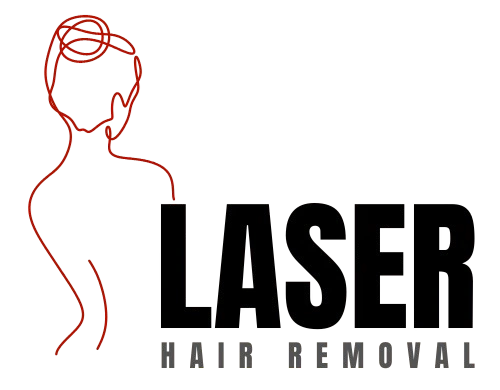You’re undoubtedly considering getting a Fraxel laser treatment at the moment. You knew it! Since masks have been removed and Mascne is on the decline, everyone I know has been talking about Fraxel lately, and I’m intrigued by the allure: Nothing sounds better than using a (laser) wand to smooth out your face and make it look younger after just one treatment. It’s not always as simple as that, though. Fraxel is one of the more powerful lasers, so we’ll need to discuss the pain level and downtime before you book an appointment.
You’ve come to the right place for answers. We have expert advice from board-certified dermatologists Marnie Nussbaum, MD, and Ellen Marmur, MD, the creator of MMSkincare about your concerns. If you’ve used every anti-aging wrinkle cream or dark spot corrector on the market and want to know what you should know about the skin-resurfacing laser treatment that has everyone buzzing, this is what you need to know.
What is Fraxel?
The non-invasive, microscopic laser Fraxel promotes new collagen and elastin growth in your face by stimulating epidermal growth. Only a fraction of the skin (fractional resurfacing treatment) is treated at a time with Fraxel because it only targets a small area (fraction).
What is Fraxel good for?
Fraxel removes wrinkles and scars, discolouration (particularly brown spots and hyperpigmentation), and essentially resurfaces the entire skin tone. Fraxel is one of the more aggressive laser treatments available at most dermatologist offices (more on these other lasers below), which is how it can eliminate things like pockmarks (aka ice pick, boxcar, and rolling scars).
How painful is Fraxel laser?
Listen, lasers aren’t exactly pleasurable, but the procedure is fairly brief—about 15 to 25 minutes—with a 45-minute wait period before getting started. Dr. Nussbaum adds that because you will be numbed up previously, you will most likely only feel a little stinging after the treatment. Of course, every patient’s pain tolerance is unique, and many people find the ablative type of Fraxel to be quite unpleasant (some likened it to being stung by bees or feeling as if your face were burning), even with the numbing cream.
After Fraxel, how long does your face stay red?
The downtime for ablative Fraxel (so Fraxel Repair) is generally a week. You’ll get redness, throbbing, and swelling (like a sunburn) on the first two days, followed by roughening and peeling between days three to five. It’s tempting to pick at the flakes, but resist the urge and let your skin heal on its own; you’ll risk scarring if you do so. And as a final note, because the chest usually takes longer to recover from laser resurfacing treatment, don’t be alarmed if things appear slow.
In comparison, Fraxel Dual is considerably less invasive and causes far fewer side effects, due to its non-ablative nature. Dr. Nussbaum asserts that after the treatment, patients should expect some redness, swelling, and peeling; however, it will settle in less than a week.
